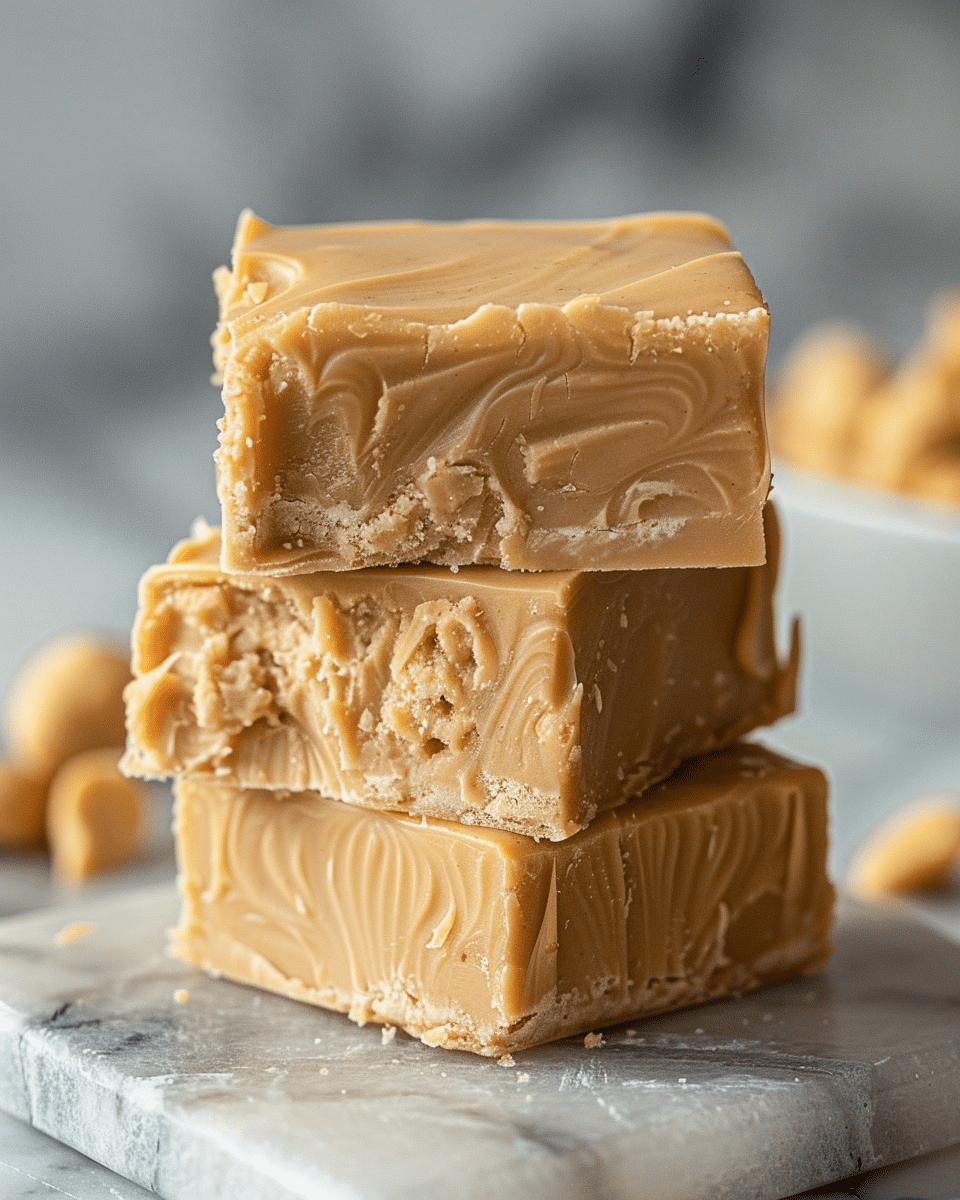Indulge in the delightful flavors of Binangkal, a beloved Filipino snack that combines the crunch of sesame seeds with a soft, pillowy interior. This easy-to-follow recipe will guide you through creating these golden brown treats, perfect for sharing with loved ones or enjoying as a sweet indulgence any time of the day.
Ingredients:
500 grams all-purpose flour
200 grams white sugar
2 tsp. baking powder
1 tsp. baking soda
150 ml evaporated milk
2 tbsp. oil
1 tsp. vanilla essence or vanilla extract
Cooking oil for deep frying
1 cup sesame seeds
Procedure:
Begin by combining the all-purpose flour, baking powder, baking soda, and white sugar in a mixing bowl. Ensure they are thoroughly mixed to distribute the leavening agents evenly.
In a separate bowl, mix together the evaporated milk, oil, and vanilla essence until well combined.
Slowly pour the liquid mixture into the dry ingredients, stirring continuously until a uniform dough forms. Take care not to overmix.
Using two tablespoons, scoop out portions of the dough and roll them into round balls.
Roll each ball in sesame seeds, ensuring they are evenly coated for that signature Binangkal crunch.
With the palm of your hands, gently flatten each sesame-coated ball to create a disc shape.
Heat cooking oil in a deep frying pan over medium heat. To test if the oil is hot enough, drop a small piece of dough into the oil; if it sizzles and rises to the surface, the oil is ready.
Carefully place the prepared Binangkal into the hot oil, ensuring not to overcrowd the pan. Fry them in batches if necessary to maintain an even temperature.
Fry the Binangkal until they turn golden brown, flipping them occasionally for even cooking. This should take about 6-8 minutes.
Once golden and crispy, remove the Binangkal from the oil using a slotted spoon and place them on a plate lined with paper towels to drain excess oil.
Allow the Binangkal to cool slightly before serving. These delicious treats are best enjoyed warm, either on their own or paired with your favorite beverage.
Related Recipes:
Serving and Storage Tips
To ensure that your Binangkal, a delicious deep-fried sesame-coated snack, remains as delightful as when first made, follow these serving and storage tips:
Serving Tips:
- Best Served Warm: Binangkal are best enjoyed when they are warm, as they have a delightful crunch on the outside with a soft, chewy inside. If they have cooled down, you can briefly reheat them in a toaster oven or on a pan over low heat to revive their texture.
- Pairing: These treats pair wonderfully with hot beverages. Serve them with coffee, tea, or hot chocolate for a comforting snack option. The rich flavors of the Binangkal complement the bitterness or sweetness of these beverages perfectly.
- Presentation: Serve them on a platter or in a basket lined with a clean cloth napkin for an appealing presentation. This also helps absorb any residual oil, ensuring they don’t feel greasy to the touch.
Storage Tips:
- Cooling Down: Before storing any leftovers, allow the Binangkal to cool down completely at room temperature. This prevents condensation inside the storage container, which could make them soggy.
- Airtight Containers: Store the cooled Binangkal in an airtight container to keep them fresh. If they are exposed to air, they will quickly become stale.
- Room Temperature: If you plan to consume them within a day or two, keeping them at room temperature is fine. Place them in a cool, dry place away from direct sunlight.
- Refrigerating: For longer storage, you can refrigerate the Binangkal in an airtight container for up to a week. Note that refrigeration might slightly alter their texture.
- Freezing: For even longer storage, freeze them in a single layer on a baking sheet before transferring to a freezer-safe bag or container. This prevents them from sticking together. They can be frozen for up to a month. Thaw at room temperature or gently reheat before serving.
- Reheating: To restore their crunchiness, reheat thawed or refrigerated Binangkal in a preheated oven at 350°F (175°C) for about 5-10 minutes or until they are warm and crispy. Avoid using a microwave as it can make them chewy rather than crispy.
Following these tips will help you enjoy your Binangkal at their best, whether freshly made or stored for later indulgence.
FAQS
Can I use other types of flour for this recipe?
Yes, you can experiment with different types of flour such as whole wheat flour or rice flour. However, keep in mind that using alternative flours may yield slightly different textures and flavors.
Can I substitute the evaporated milk with other dairy or non-dairy alternatives?
Yes, you can substitute evaporated milk with regular milk, coconut milk, almond milk, or any other milk alternative you prefer. Just be aware that this may alter the flavor slightly.
Can I omit the sesame seeds or use a different coating?
While sesame seeds are traditional and add a unique flavor and texture to Binangkal, you can certainly omit them if you prefer. Alternatively, you can experiment with other coatings such as shredded coconut, chopped nuts, or even cocoa powder for a different twist.
Is it possible to bake Binangkal instead of frying them?
While traditional Binangkal are deep-fried for that characteristic crispy exterior, you can try baking them for a healthier option. Preheat your oven to 350°F (175°C), place the prepared Binangkal on a baking sheet lined with parchment paper, and bake for about 15-20 minutes or until golden brown, flipping them halfway through.
Conclusion:
With its irresistible combination of crispy sesame coating and soft, fluffy interior, Binangkal is sure to become a favorite snack for any occasion. Whether you’re craving a sweet treat to accompany your afternoon tea or looking for a unique dessert to impress your guests, this simple recipe is guaranteed to satisfy your cravings. Try making Binangkal at home today and experience the joy of indulging in this classic Filipino delight.









